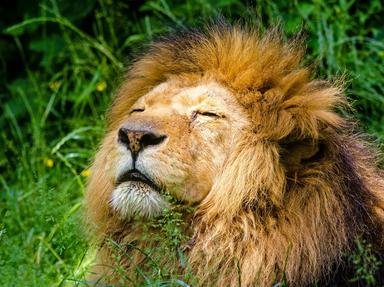
Dinner Time for the Animals in Botswana Quiz
You are on a photographic safari in Botswana and are amazed at the different animals you are witnessing. As it gets close to dinner time, please match the animal with the type of diet it enjoys.
A classification quiz
by stephgm67.
Estimated time: 4 mins.
- Home
- »
- Quizzes
- »
- Animal Trivia
- »
- Animals by Region
- »
- Africa